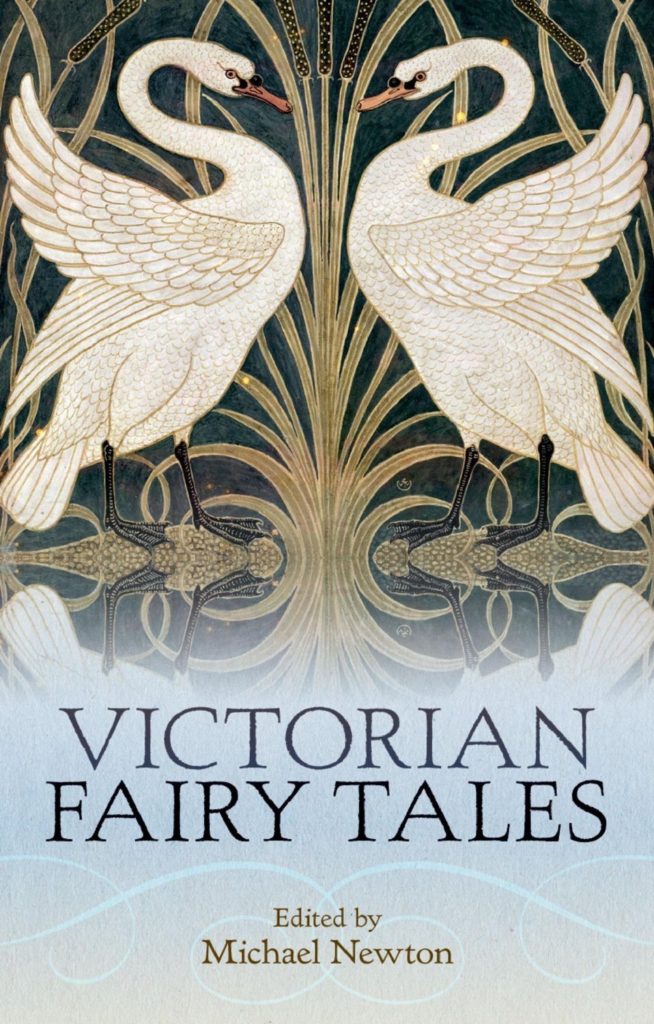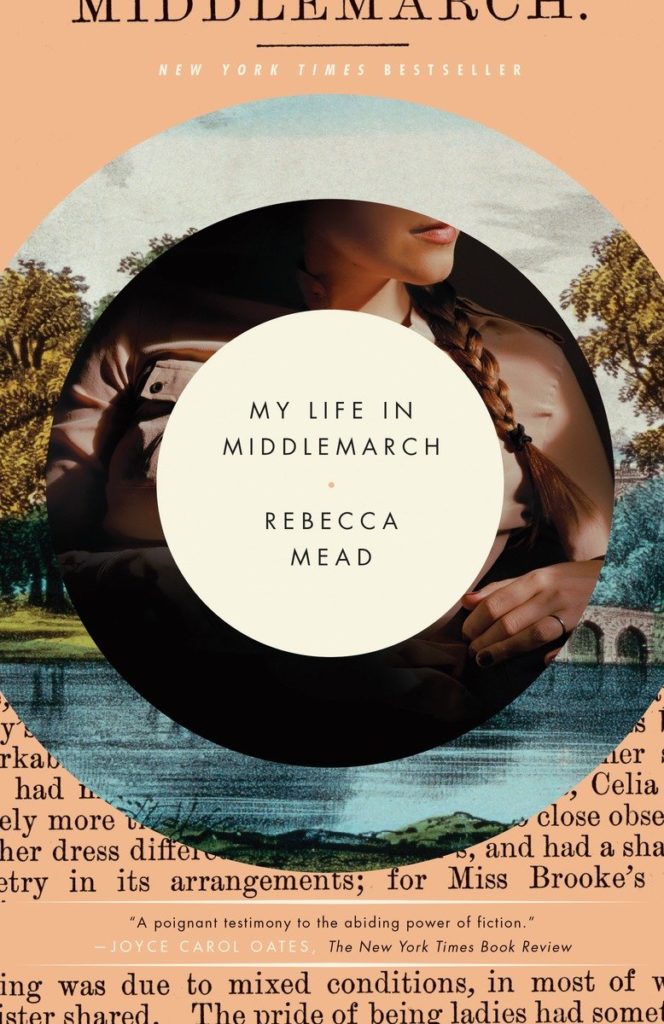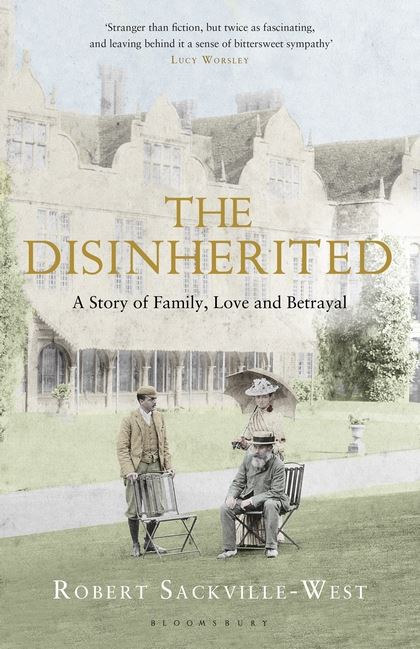For winter’s rains and ruins are over,
And all the season of snows and sins;
The days dividing lover and lover,
The light that loses, the night that wins;
And time remembered is grief forgotten,
And frosts are slain and flowers begotten,
And in green underwood and cover
Blossom by blossom the spring begins.~Algernon Charles Swinburne
Find a bright and breezy day, under a tree where your page will be dappled with filtered light. Allow the gentle murmur of buzzing bees to soothe your busy mind and get lost in a good book.
VICTORIAN FAIRY TALES
From the publisher, Oxford University Press: The Victorian fascination with fairyland is reflected in the literature of the period, which includes some of the most imaginative fairy tales ever written. They offer the shortest path to the age’s dreams, desires, and wishes. Authors central to the nineteenth-century canon such as Thackeray, Oscar Wilde, Ford Madox Ford, and Rudyard Kipling wrote fairy tales, and authors primarily famous for their work in the genre include George MacDonald, Juliana Ewing, Mary De Morgan, and Andrew Lang. This anthology brings together fourteen of the best stories, by these and other outstanding practitioners, to show the vibrancy and variety of the form and its ability to reflect our deepest concerns.
I thoroughly enjoyed this romp through fantastical tales. Something about this era created fascinating stories that were written for young people but enjoyable for all. They didn’t “talk down” to children. Instead, they inspired them. They encouraged imagination.
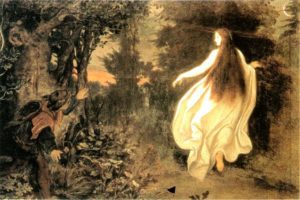
I was glad to see “The Golden Key” by George MacDonald included. This was one of my favorite. I bought a set of four books at a yard sale when I was young and one of them was this story. It is an adventure in magical realism.
The collection features the following:
PROLOGUE: Grimm, ‘Rumpel-Stilts-Kin’ and Hans Christian Andersen, ‘The Princess and the Peas’
ROBERT SOUTHEY, ‘The Story of the Three Bears’
JOHN RUSKIN, ‘The King of the Golden River’
WILLIAM MAKEPEACE THACKERAY, ‘The Rose and the Ring’
GEORGE MACDONALD, ‘The Golden Key’
DINAH MULOCK CRAIK, ‘The Little Lame Prince and His Travelling Cloak’
MARY DE MORGAN, ‘The Wanderings of Arasmon’
JULIANA HORATIA EWING, ‘The First Wife’s Wedding Ring’
OSCAR WILDE, ‘The Selfish Giant’
ANDREW LANG, ‘Prince Prigio’
FORD MADOX FORD, ‘The Queen Who Flew’
LAURENCE HOUSMAN, ‘The Story of the Herons’
KENNETH GRAHAME, ‘The Reluctant Dragon’
E. NESBIT, ‘Melisande’
RUDYARD KIPLING, ‘Dymchurch Flit’
APPENDIX: What is a Fairy Tale?’
John Ruskin, ‘Introduction’ to German Popular Tales
Juliana Horatia Ewing, ‘Preface’ to Old-Fashioned Fairy Tales
George MacDonald, ‘The Fantastic Imagination’
Laurence Housman, ‘Introduction’ to Gammer Grethel’s Fairy Tales
The book also includes original prefaces and introductions that were printed in the first editions.
Thanks to OUP for allowing me to preview this on NetGalley.
Hardcover: 544 pages
Publisher: Oxford University Press; 1 edition (May 1, 2015)
Language: English
ISBN-10: 019960195X
ISBN-13: 978-0199601950
Product Dimensions: 8.6 x 1.3 x 5.9 inches
MY LIFE IN MIDDLEMARCH
The premise of this book is one that any English major can identify with — finding that book that changes your life. Sometimes a book lands in your lap right when you need it. So it was with George Eliot’s Middlemarch for Rebecca Mead.
In this memoir, she recounts her first encounter with the classic novel as a youngster, and how her appreciation for it followed her through life.
Nearly thirty years later, I found myself in a marble corridor at the New York Public Library, pressing a buzzer to get into the rare books collection. … a cooled, darkened room lined with glass-fronted cabinets that now a librarian was buzzing me into. I’d requested to see a volume from its holdings, a notebook that had belonged to George Eliot. She started using it in 1868 and made notes there for a few years, precisely the period in which she wrote what would turn out to be her greatest work. ~Pg. 7
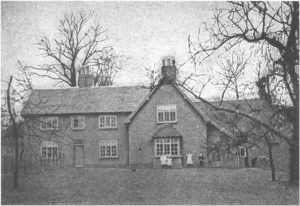
Mead interweaves her own connections to the novel with character analyses, Eliot’s notes and letters, contemporary reception and historical context. Eliot even had the Victorian version of a love-sick stalker, found love late in life and made her own living as a successful writer.
Read via First to Read.
Paperback: 320 pages
Publisher: Broadway Books (January 27, 2015)
Language: English
ISBN-10: 030798477X
ISBN-13: 978-0307984777
Product Dimensions: 5.2 x 0.6 x 8 inches
THE DISINHERITED
Few people can claim the odd and fascinating family history of the Sackville-Wests. Many will recognize the unusual surname as belonging to Vita. She was a writer and poet, primarily, but also a woman of caustic wit, a lover of Virginia Woolf’s and a self-taught gardener. Sissinghurst, now part of the National Trust, was restored by Vita and her husband through the first half of the 20th century. But Vita was hardly the first unorthodox member of her family.
Lionel, in line to become the next Lord Sackville, became smitten with a Spanish dancer known as Pepita. The two fell in love and undoubtedly devoted to one another. The only problem was that Pepita was already married.
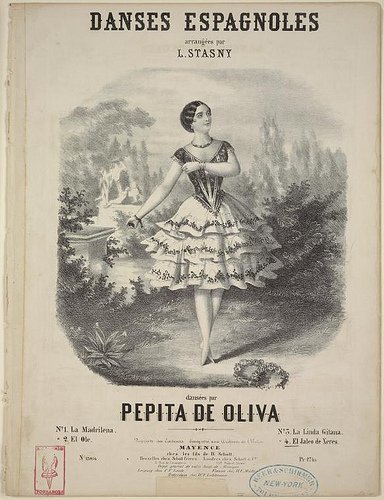
Pepita abandoned her husband for Lionel’s affections. They two lived mainly abroad and had five children together. The intrigue happens when it comes time for the title and Knole, the Sackville estate, to pass to the next generation. Lionel and Pepita’s children claim the two were eventually married (sometime between 1863 and 1867). The court case in 1909-10 rose to the level of national scandal, with a judge ruling that none of the offspring from Pepita were legitimate heirs to the Sackville line. The estate and title reverted to a nephew, also named Lionel. He became the 3rd Lord Sackville.
One of these disinherited children, Victoria, regained standing by marrying her cousin and becoming the lady of Knole anyway. Vita is their daughter. As I said, it’s all quite fascinating and strange.
But what became of the other ‘illegitimate’ children? The ones who enjoyed a fair amount of wealth and standing while their father lived? Would Victoria bring her brothers and sisters into the fold? Or banish them now that she had found legitimacy. And what of Knole and its future?
Robert Sackville-West, now the 7th earl of Sackville, revisits the strange and bumpy road of family ties, English law and complicated motives.
Many thanks to Anthony at Bloomsbury for the review copy.
Published: 03-03-2015
Format: Hardback
Edition: 1st
Extent: 320
ISBN: 9781632860439
Imprint: Bloomsbury USA
Illustrations: B&W art t/o.
Dimensions: 6 1/8″ x 9 1/4″
List price: $28.00

